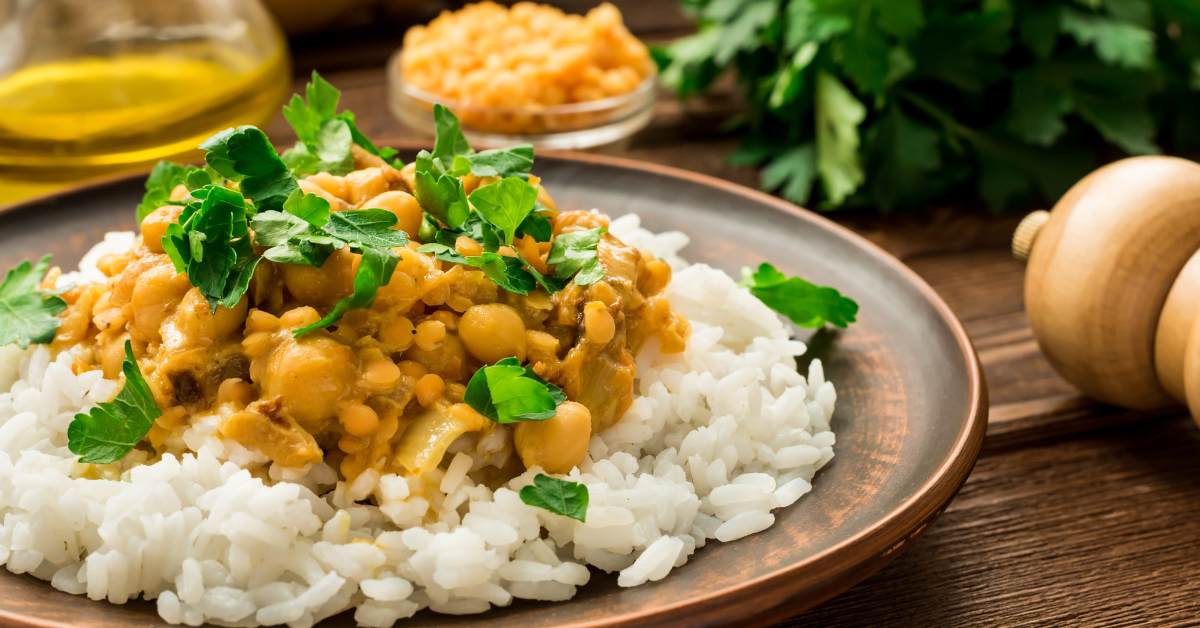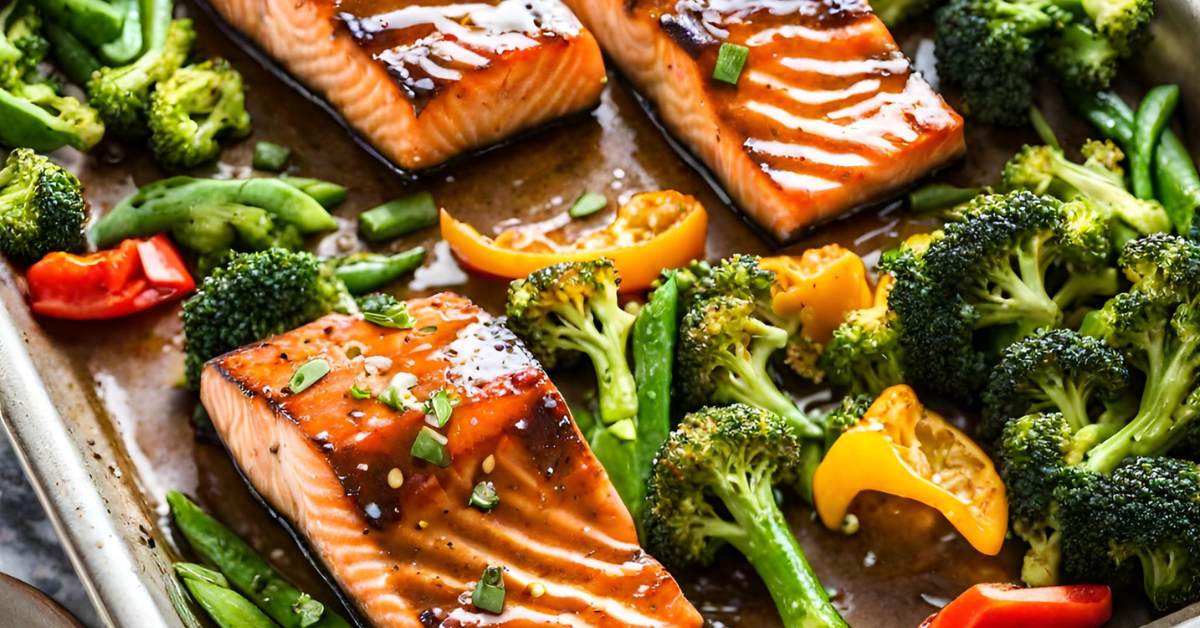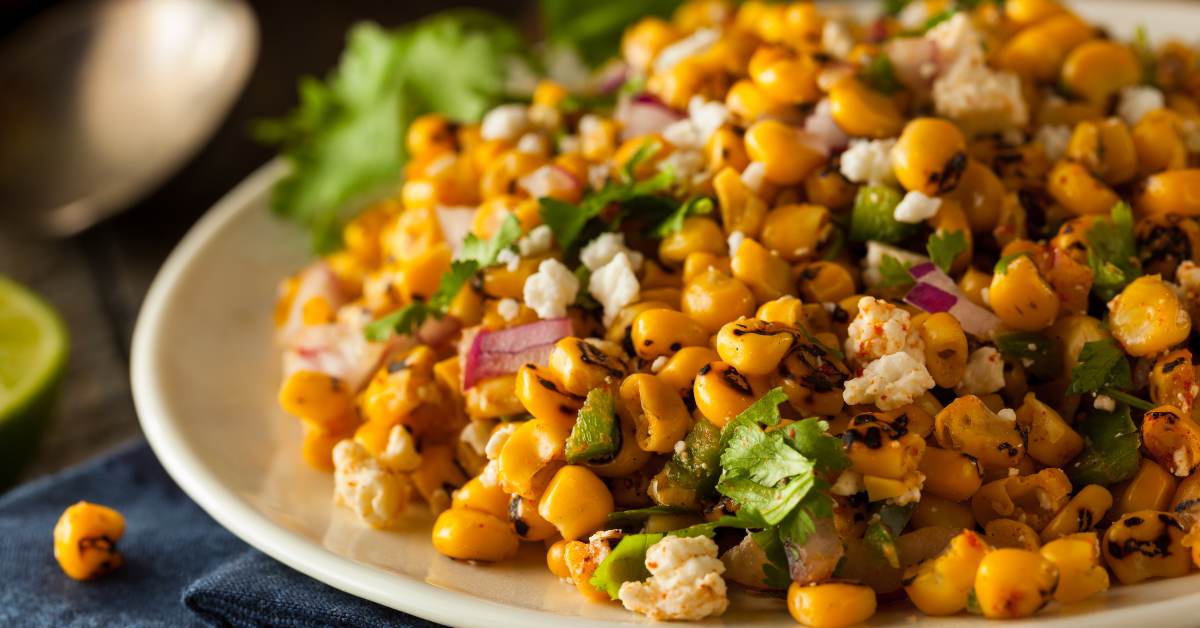Loaded with key nutrients to keep your body energized and healthy, apricots are one of the most recommended nature’s candies to munch on.
To keep them longer, you can make a batch of dried apricots.
It’s easy to do, and you can choose among different processes – whatever works for you.
In this article, learn how to dry apricots using a dehydrator, an oven, or an all-natural, under-the-sunshine method.
How to Dry Apricots in a Dehydrator
First, you need to choose apricots that are fully ripe. These are golden in color, and have a texture that’s soft and not too firm to the touch. Discard any bruised apricots.
Once you’ve chosen your apricots, go ahead and prep them for drying. Wash the apricots, pat them dry, remove their pits and cut them in halves.
Prices pulled from the Amazon Product Advertising API on:
Product prices and availability are accurate as of the date/time indicated and are subject to change. Any price and availability information displayed on [relevant Amazon Site(s), as applicable] at the time of purchase will apply to the purchase of this product.
Put the apricots on the dehydrator racks with the flesh facing up. Allot enough space in between each piece for good airflow.
Remember also to spray some lemon juice on the apricots before drying them to prevent them from browning.
Then, set the dehydrator’s temperature at 57 degrees Celsius and wait for around 12 hours to dry the fruits.
Check from time to time whether the apricots have thoroughly dried up to avoid overdrying.
How to Dry Apricots in the Oven
Drying apricots in the oven is a faster method as compared to using a dehydrator, but the process needs close supervision, otherwise you risk overdrying or even burning the fruits.
After prepping the apricots, line the baking tray with parchment paper or reusable silicone mats like these:
Prices pulled from the Amazon Product Advertising API on:
Product prices and availability are accurate as of the date/time indicated and are subject to change. Any price and availability information displayed on [relevant Amazon Site(s), as applicable] at the time of purchase will apply to the purchase of this product.
Note that the apricots will dry best at a temperature below 93 degrees Celsius.
The sweet spot would be around 50 degrees Celsius. It’s important to preheat the oven first. Then place the apricots on the baking tray with the flesh facing up, and with ample space allotted in between the pieces.
Pop the tray inside the oven, but leave the door slightly open.
From time to time, check if the skins have shriveled. This is an indication that it’s time to turn up the temperature to a higher setting at around 65 degrees Celsius.
The dehydration process will take around 8 to 10 hours, but make sure to watch the apricots closely. Once they’re thoroughly dehydrated, let them sit for around 12 hours to cool them at room temperature before storing.
How to Dry Apricots in the Sun for Delicious Sun-Dried Apricots
Sun-drying your apricots surely takes the longest time, but if you’re not in a hurry, it’s the safest, environment-friendliest, and most economical method among the options.
The prepping method works pretty much the same, but the slight difference is that after cutting the apricots into halves and taking out the pits, you’ll need to slice them again into quarters.
This will help speed up the drying process somehow. Turn the apricots inside out and place them onto cooling racks placed on top of trays.
Leave enough space in between the apricots for good air circulation. Then place the trays on a spot outside your home that receives the most abundant amount of sunshine and wind.
Alternatively, you can hang dry them in an enclosed, mesh holder like this one:
Prices pulled from the Amazon Product Advertising API on:
Product prices and availability are accurate as of the date/time indicated and are subject to change. Any price and availability information displayed on [relevant Amazon Site(s), as applicable] at the time of purchase will apply to the purchase of this product.
Sun-drying the apricots can take somewhere between three days to one week, depending on the weather conditions. If it’s summer in your area, then, it’s the perfect time to take advantage of this all-natural process!
How to Tell if Apricots Are Sufficiently Dry
You can tell by its color, texture, and smell whether an apricot has been properly dehydrated.
First, when you press one, no juice should come out, and it shouldn’t be sticky. It should be slightly soft but leathery. Apricots that have evenly dried should have a uniform matte yellow or brown color that’s opaque.
Conditioning is also a very important part of the dehydration process to ensure that the apricots have been sufficiently and evenly dried. This takes a week.
During this period, pay attention if there’s condensation on the glass jars. If there is, you will need to repeat the drying process for a few more hours or minutes.
Moving on to the smell, properly dried apricots should smell like what they are – sweet apricot scent. Sooty smell is an indication that they’ve been burnt or overdried.
Once you taste it, you can enjoy a properly dried apricot’s sweet and slightly tart flavor.
And just in case you need to know … here’s how to tell if your dried apricots have gone bad.
Ways to Use Dried Apricots
More than just enjoying them on their own as a pre or post workout snack to munch on, you can surely make dried apricots as a star ingredient whether in a dessert or a savory dish.
You can also use it to balance the flavors of your dish, or add a creative twist to it – really, whatever floats your boat.
Several ideas include adding it to:
- salads
- pies
- cookies
- biscuits
- cakes
- pastries
Make your own trail mix by mixing it with nuts and other dried fruits. Top them on your bowl of oatmeal, cereal or smoothie.
Add them on your charcuterie board, or make a flavorful dip by blending them with blue cheese, cream cheese, yogurt, and other nuts and dried fruits.
Frequently Asked Questions
Can you dry apricots in the microwave?
Yes, it’s possible, and it’s actually the fastest method around. You will need to cut the apricots into thinner slices, then set the microwave on a defrost setting for around 30 minutes.
How do you keep apricots from turning brown when dehydrated?
To prevent the apricots from turning brown when dehydrated, spritz a small amount of lemon juice over the slices.
How long do apricots take to dry?
It depends on your preferred method. If you opt for the all-natural sun-drying method, it can take three days to one week. Using the dehydrator or the oven, the process can take around 8 to 12 hours. The fastest method, which is the drying process using a microwave, takes only around 30 to 45 minutes.
Why do my dried apricots look wet?
Some recipes include a commercial ascorbic acid mixed with lemon juice and water, which is used to pretreat the apricots before drying to prevent them from turning brown. This might be the reason why the dried apricots appear wet and have a stickier texture.












